Finca los Castaños is the only coffee plantation in Europe.
Thanks to the work of the farm owner, Antonio Márquez (first Q Grader of the Canary Islands and AST Trainer), the farm has received international recognition. It is open for tourist tours where, in 90 minutes, you can learn about what is behind every cup of coffee. Visitors can discover how coffee is grown, dried, and hulled, before it is transformed into brown beans.
Finca Los Castaños is the only place in Europe where coffee has been traditionally grown since the beginning of the 19th century. According to Antonio, there are 700+ coffee trees growing there, surrounded by mangoes, papayas, avocados, oranges, grapefruits and other tropical fruits. Currently, 80% of the farm is dedicated to the cultivation of coffee.
Besides being a tourist attraction, Finca los Castaños also has much more to offer. Occasionally, coffee lovers from around the world gather for training or events. I was very fortunate to take part in one of those events – II Specialty Coffee Campus. There were over 70 people attending the event, including baristas, trainers, roasters, café owners and green coffee buyers. It was four very intense days that were filled with workshops, lectures, mini competitions and other activities such as coffee tasting or networking with other professionals.
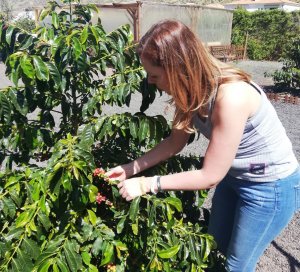
The event started with a plantation tour, during which Antonio educated us about its history and about the journey that every coffee bean goes through. We were then divided into several groups and given the task of picking coffee cherries from the trees. It wasn’t my first time doing this, but I was again struck by how challenging it is. Only ripe coffee cherries should be picked, as coffee from unripe cherries tastes sour, grassy and under-developed. The fun part was that the coffee cherries look red on the tree but when you pick them you realise that 30% of the fruit is green. How does that happen? The trick is to check if the cherries are properly ripe before you pick them, but this slows down the whole process. It isn’t the most exciting job, but it helps you to gain respect for the hard work that the coffee pickers do. Sadly, in many countries they are very under-paid for their job. Especially considering that for every 20kg of coffee cherries you are only left with 2kg of green coffee after the processing and drying (and even less after roasting, as the coffee beans lose more moisture and at the same time weight). My insight from this is that we, as baristas or trainers, should think twice before we waste another espresso when something goes wrong or we feel that it is not good enough.
There are 5 farms in Gran Canaria which cultivate coffee. Here farmers cooperate, learn and support each other to improve the coffee quality. They also get regular feedback from baristas because, at the end of the day, they are the ones who serve the coffee. One of the neighbouring farms is run by Juan R. Urquia who talked to us about the fertilisation of coffee plants and the best practices to get the highest quality coffee. According to him, balancing the amount of minerals in the soil is very important because the coffee trees absorb everything. Sometimes there can be too much of certain minerals and this does more harm than good. Water pH level is also important, as well as taking into account the time of the day when plants are fertilised. It is recommended that fertilisation is done either in the morning or evening, because in sunshine plants close their stomas / cells and don’t absorb the minerals.
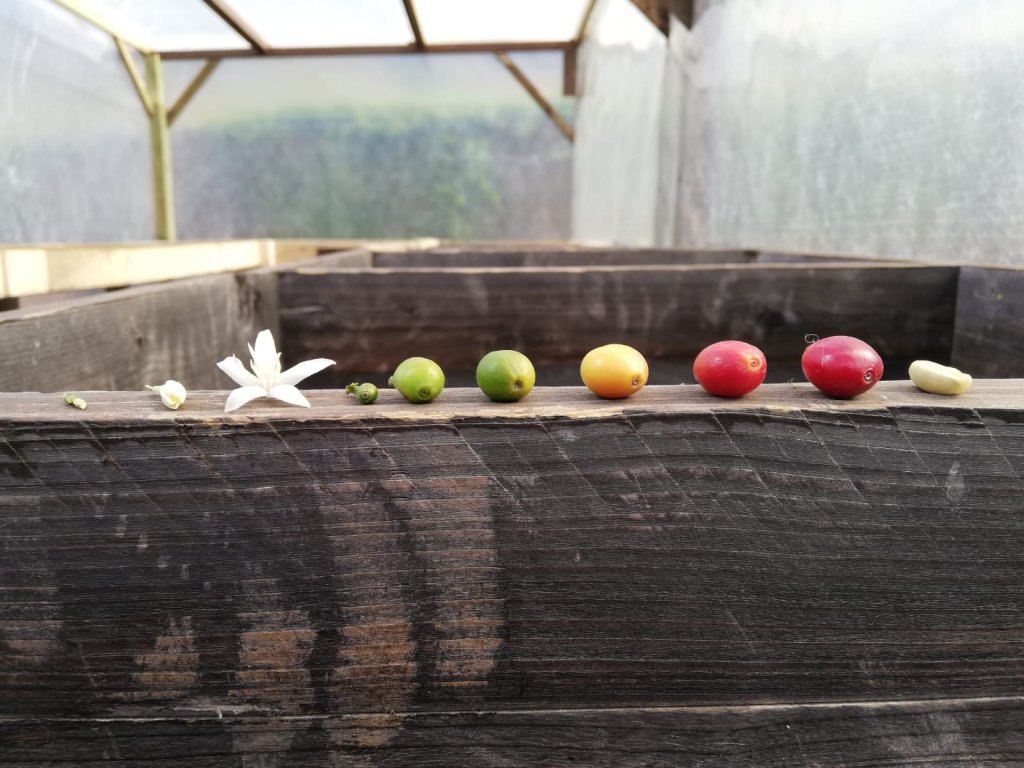
The next thing we learned was about the processing of the cherries, in a seminar given by Saša Šestić. Saša is originally from Serbia but currently lives in Australia. He was the World Barista Champion in 2015 and is the owner of Ona Coffee which has three locations in Canberra. He also created OCD (first ground coffee distributing tool) and is the person behind Project Origin (an organisation which supports coffee farmers in producing better quality coffee so they can get a higher price for it). Saša’s talk was about fermentation and its impact on taste profile in beverages. Fermentation is a chemical reaction, therefore can produce a completely new level of flavours. The combination of yeast, bacteria and other micro-organisms causes a substance to break down into other simpler substances. It is basically a natural change that happens when you put sugar and water together – and coffee cherries are full of both. Therefore, after the cherries are picked (or sometimes before, depending on the humidity), the fermentation process will start. It can improve a coffee’s flavour or ruin it. It’s just a matter of how you deal with it. There are various ways in which the fermentation process can occur. Here are just some examples:
- On the plantation when there is a lot of rain, but the weather suddenly changes and the beans are exposed to a lot of sun. In this case the coffee cherry starts to burst and fermentation begins. When those cherries are mixed with good ones they will over-ferment and the coffee will develop a balsamic vinegar taste.
- Dry fermentation takes place after de-pulping in tanks with no water. This processing method helps to retain more sugars, but gives no control over temperature, which can change daily. Some beans with a higher temperature can over-ferment (a pink colour on the bean is an indication that this has happened) and will develop a metallic taste.
- Wet fermentation is when coffee is de-pulped and placed in water tanks. Water pH is very important during that process because if it is too acidic it will decrease the sugar content and fermentation will not happen correctly. Spring water is recommended in this process rather than rain water.
- Carbonic maceration is a process that was first used in wine production but is now becoming popular in coffee. Coffee cherries are harvested, washed and sealed in a stainless steel container that gets carbon dioxide pumped into it to remove the oxygen. Once the oxygen is gone, the coffee beans will sit in water that is carefully monitored for temperature. These containers are then put into greenhouses where the temperature is kept at around 24 degrees Celsius. This process allows the beans to macerate in a carefully controlled environment to ensure that the final coffee product has a very distinct flavour.
Why is fermentation so important? If it is controlled properly, coffee quality can be improved, which in turn makes a huge difference to farmers and green coffee buyers. Carbonic maceration is one of the methods that helps to control that process and also helps to guarantee consistency. However, there are many more methods that have been discovered and are still being innovated.
Farmers put a lot of effort into care of the coffee beans, therefore it is very important to respect the beans at all stages after this. One of those stages is the roasting process. We learned about this process from Alexandru Niculae, World Roasting Champion 2016, Q Grader and BOB Coffee Lab Co-owner & Head Roaster. Alexandru taught us that there is no set standard in brewing or roasting coffee. Each roaster will create their own unique recipe based on personal taste, culture and market demands. Regardless of the recipe, he always recommends to use a logging software to track the process. This will allow roasters to see how the airflow, burner settings and drum speed can affect the final taste in your cup. Coffee producing countries all have different climates, soil type, altitudes and processing methods, therefore coffee from across the world can taste quite different. This also means that beans will react differently to heat depending on where they are from, and therefore they need to be roasted differently. For this reason, the roasters need to collect as much information as possible about the beans in order to create the perfect roasting profile. This can involve a lot of experimentation which poses a challenge, but it is also a great learning experience.
There are so many facets of the coffee industry, starting from the plantation and moving on to green coffee traders, the roasters, barista training academies, cafés and more. Two more speakers at the event were Andre Eirmann from UCC Coffee Company in Switzerland (the owner of Coffee Academy) and Javier Garcia (Spanish Barista Champion). Andre talked about what people need to consider if they want to open their own coffee academy. His key advice was have motivation to achieve extraordinary things, to have a vision, and to know what you want the purpose of your business to be. After that the next stage is planning. This can take long time, but it is important to have a very detailed plan. To help you, Andre advised the following:
- visit other coffee academies
- take as many coffee courses as possible
- read as many coffee books as possible
- attend coffee festivals and events
- conduct market analysis
- chat to experts and learn from others
Javier Garcia who is the owner of a café in San Sebastian in Spain talked about importance of customer service. Every moment of the customer experience is important from the second they walk into a café. His experience has taught him that connecting with customers as much as possible can help you to improve your service day-by-day. Nowadays baristas can sometimes be so focused on extraction, yield and the TDS of espresso that they can completely forget about the key part of every business – customers.
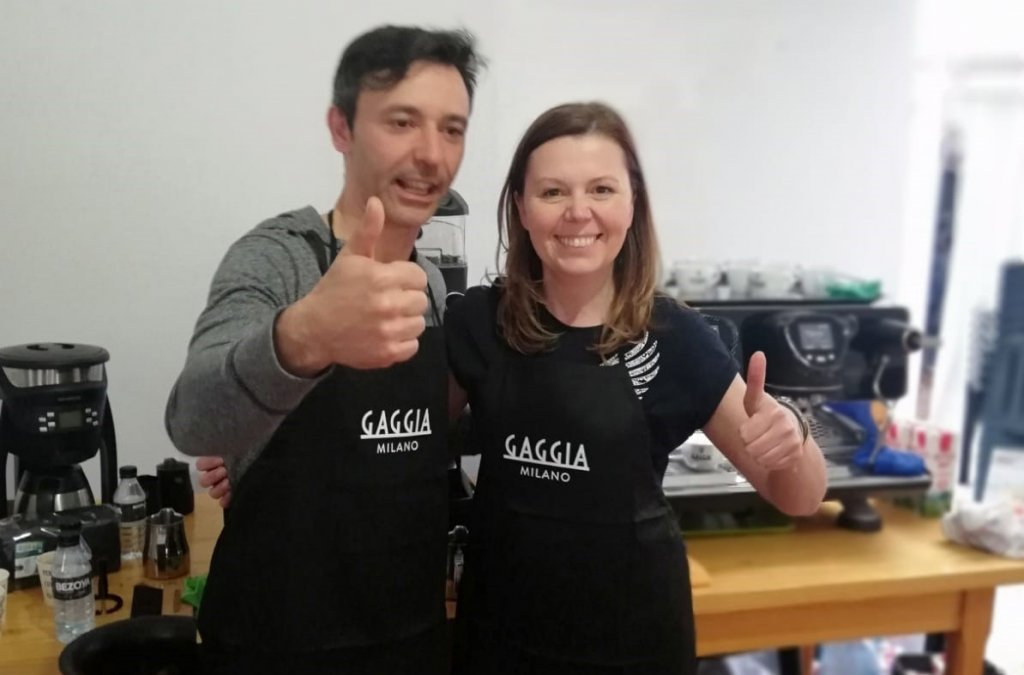
Throughout the four days there were some great activities which I really enjoyed. This included a Latte Art Throwdown competition (which I was lucky enough to win!) and seminars from other really inspiring people that I haven’t mentioned already, such as Kim Ossenblook, Chris Loukakis, Dr.Felix Martin and more.
Whether you are in the coffee industry or not, I would highly recommend visiting Finca Los Castaños if you are in Gran Canaria. After spending four days in this beautiful sunny region I am still buzzing with energy, knowledge, passion and inspiration. As Saša Šestić said: “Probably you are feeling overwhelmed and confused after all those days but this is good. Being confused and overwhelmed is challenging and will push you to learn and search for more”.
Renata


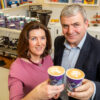
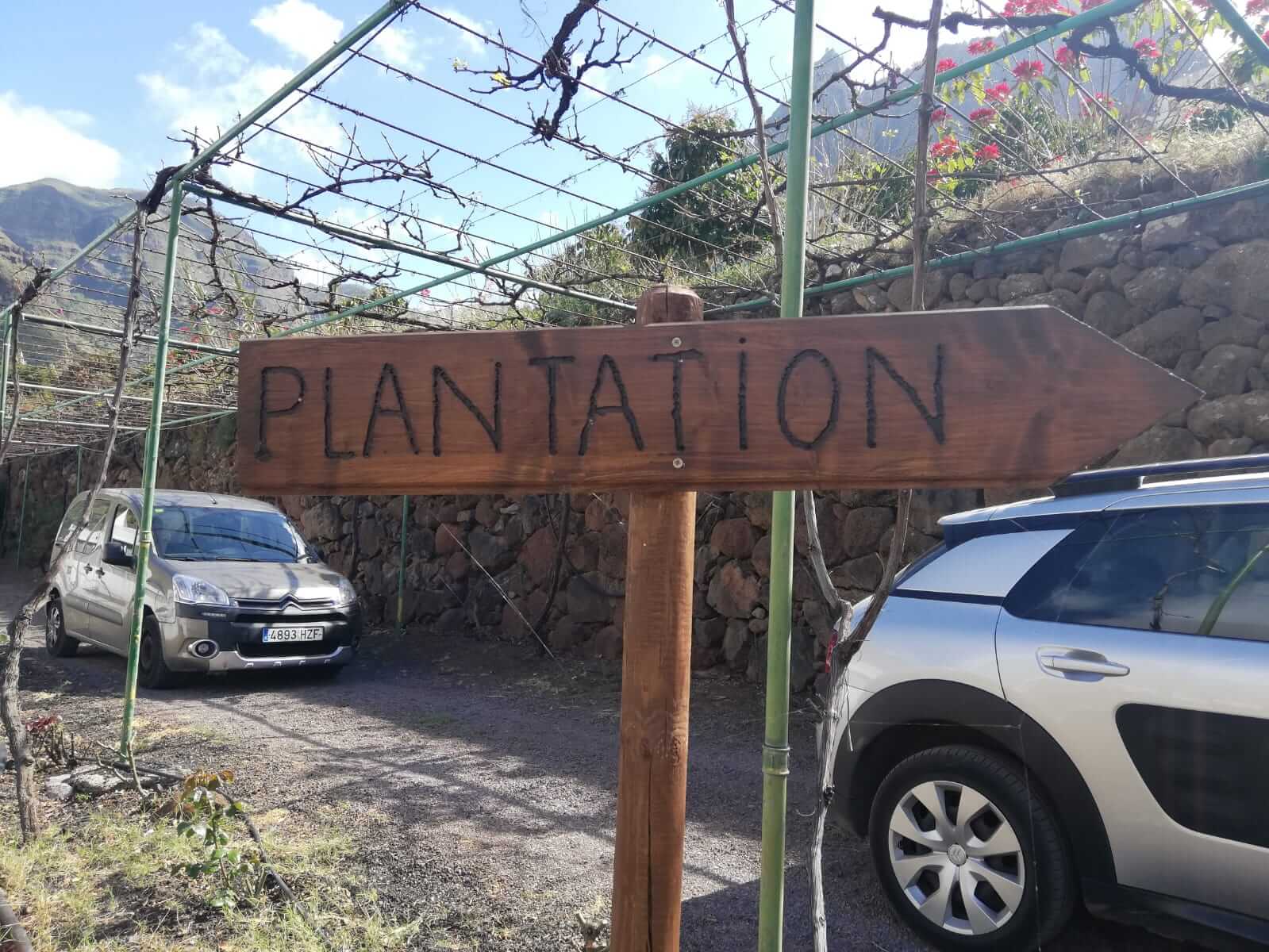
You must be logged in to post a comment.